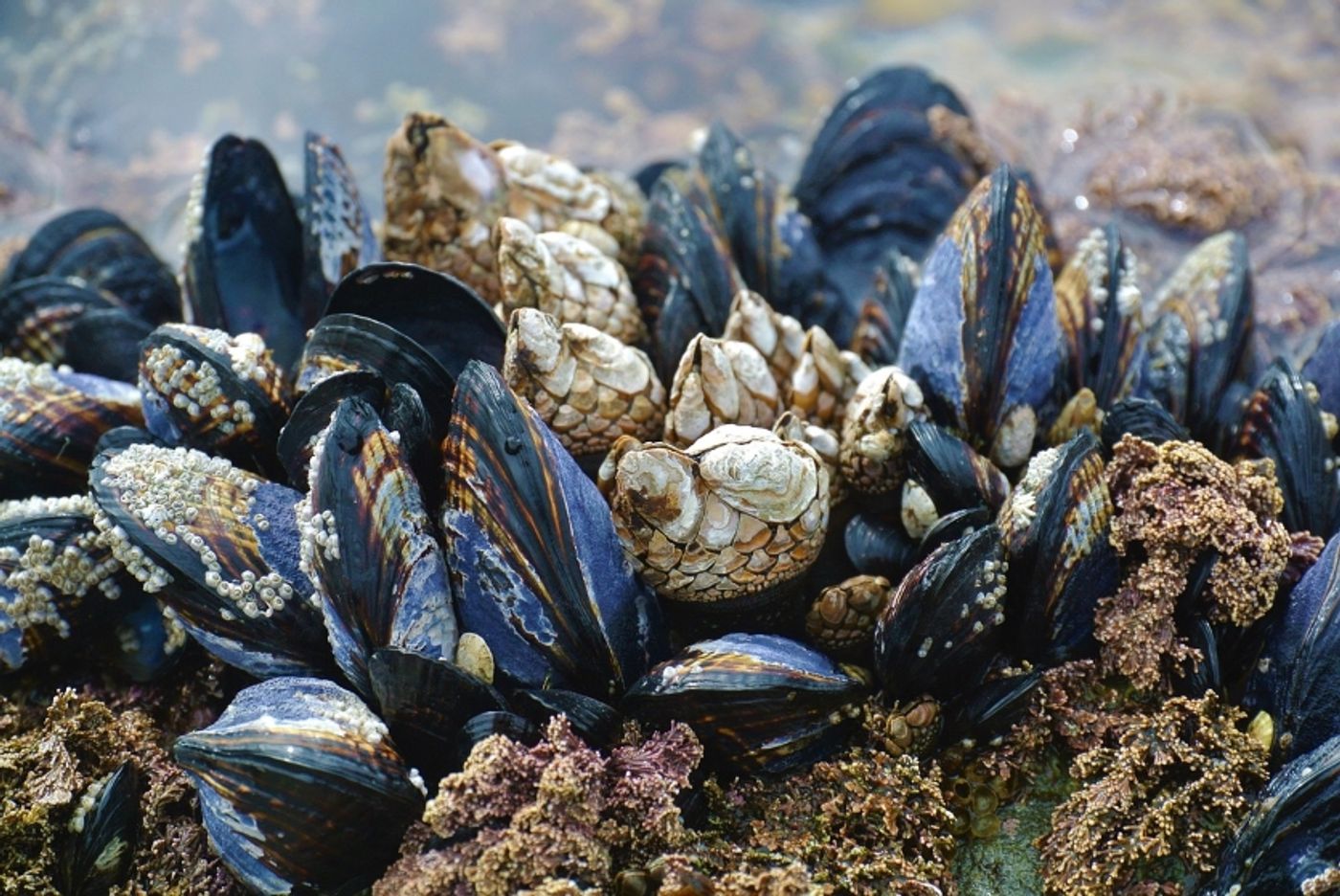How Much of our Carbon Dioxide can the Ocean Hold?
When we burn fossil fuels for energy, such as coal, oil or natural gas, carbon dioxide (CO2) is released into the atmosphere. Luckily, not all of this anthropogenic CO2 stays in the atmosphere. The ocean is a natural sink for these emissions, and climate scientists have been eager to discover just how much human-made CO2 the ocean has taken on.
A recent study by Nicolas Gruber, Professor of Environmental Physics at ETH Zurich, and a team of international scientists revealed how much anthropogenic carbon dioxide the ocean absorbed from 1994 to 2007. They discovered that during those 13 years, the ocean took up 31% of anthropogenic CO2—which is about 34 gigatons. These results mean that the CO2 sink is intact and has remained relatively stable for the past 200 years.
However, scientists remain wary of CO2 saturation. As atmospheric CO2 increases, so does the quantity of CO2 absorbed by the ocean. Eventually, the functionality of the sink rises or falls as the point of CO2 saturation is reached. Continued monitoring will help scientists determine whether the ocean can continue its role as a sink and significant climate change moderator.
The team of scientists also discovered regional differences in CO2 absorption rates. For example, the North Atlantic Ocean absorbed 20% less CO2 than expected during the years studied. Gruber believes this to be a result of climate variability, which caused the slowdown of circulation in that region. Similar fluctuations were cited in the Southern, Pacific, and Indian Ocean regions.
As the ocean continues to operate as a CO2 sink, the chemistry of its water is changing. The additional CO2 acidifies ocean waters, leading to the dissolution of calcium carbonate. The study reported that the acidification reaches depths of more than 3,000 meters into the ocean, “deep into the ocean’s interior” as stated by Gruber.
Shell-building marine animals such as corals, mussels, and snails need calcium carbonate. Without this building-block their shells are weakening and populations of these animals are declining, threatening a myriad of effects on delicately-balanced ocean ecosystems. In addition to monitoring the functionality of the marine sink, Gruber believes that “Documenting the chemical changes imparted on the ocean as a result of human activity is crucial, not least to understand the impact of these changes on marine life."
Sources: PHYS ORG, Eureka Alert









